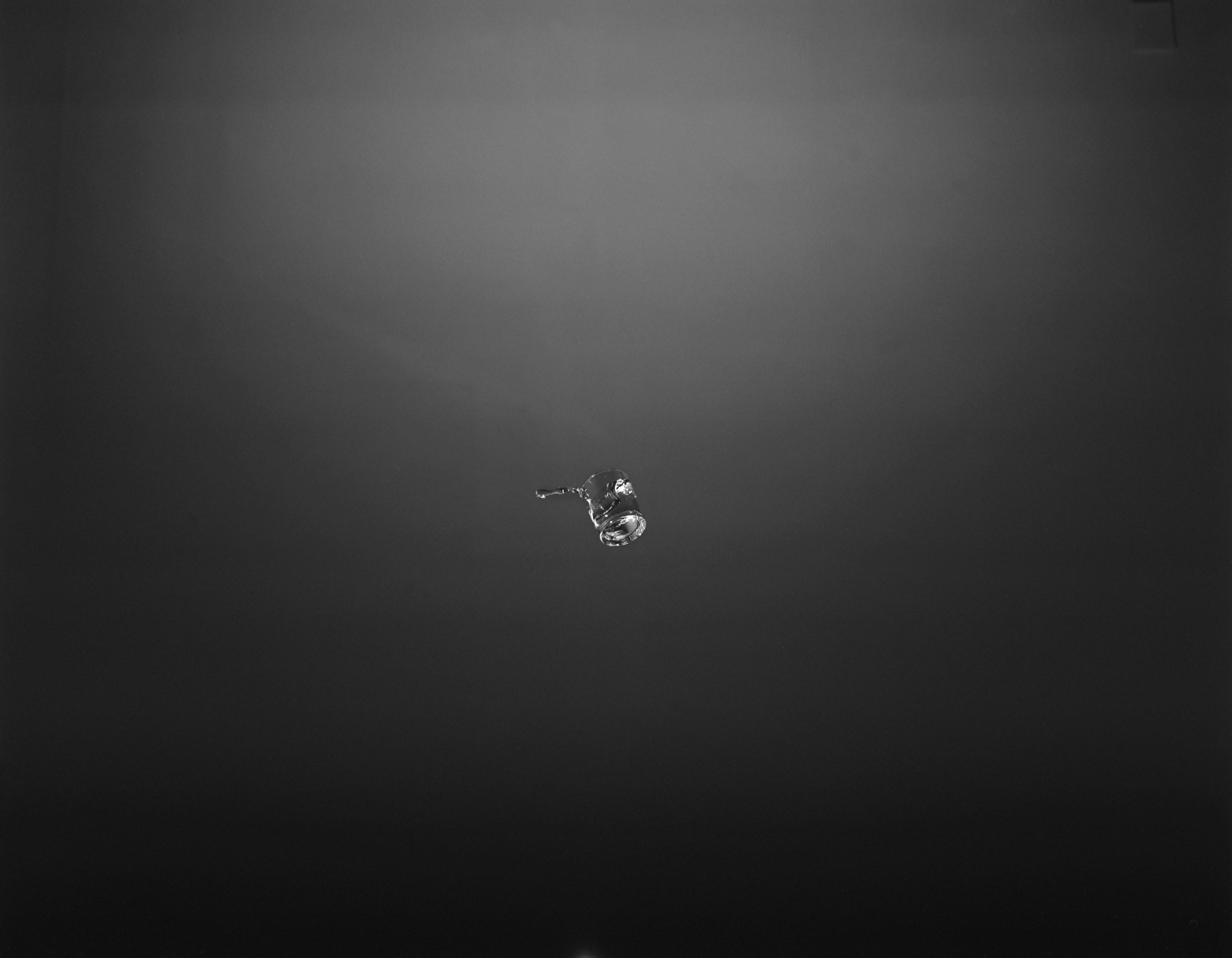
9 February - April, 2019
Taming Chaos // Roberto Pugliese, Pe Lang, Pierre-Etienne Morelle, Carlo Benvenuto, Christian Achenbach
Galerie Mazzoli / Eberswalder Str. 30, Berlin
Galerie Mazzoli is proud to announce the opening of its new location in Berlin Prenzlauer
Berg with the group exhibition “Taming Chaos: Tendency Masks and other succulent Tricks to
safeguard Balance”.
The show will feature new works by
Roberto Pugliese (Italy, 1982),
Pe Lang (Switzerland, 1974),
Pierre-Etienne Morelle (France, 1980),
Carlo Benvenuto (Italy, 1966) and
Christian Achenbach (Germany,
1978).
PRESS RELEASE
For centuries balance has been a key concept in art: an instrument of order to provide meaning to
the world. A synonym of beauty, balance has always been eagerly sought by artists in every aspect of their
work: in the composition, in the chromatic choice, in the portrayal of characters, and even in the amount
of pieces to present in a show. For this exhibition, however, the focus is not on balance as a measure of
harmony within the arrangement of the different parts of a piece or a show, but rather on balance as a
means to reconcile control and chance, order and chaos, choice and non-choice.
While all the artists exhibited employ very different media—indeed, each of them exemplary of a
different yet classic artist's medium—they all share a tendency to incorporate in their work elements that
are beyond their control, yet limiting such presence so to prevent its supremacy. Similarly, while the viewer
will initially feel that all the works obey a stringent productive code, he will soon realize that in no way
may these pieces be exclusively the result of a pre-planned design. The five artists seem therefore to share
the idea that art must incorporate the external intervention of natural forces in order to be complete, but it
should not surrender to indeterminacy. The use of chance or a philosophical investigation thereof,
however, are far from being the subject of these artists' work, as it could be the case for many authors who
preceded them (most notably François Morellet and John Cage). The unpredictable is rather a tool that
allows them to create a sense of detachment from the rhetoric of the mimetic practice while keeping a
highly individual language. If one were to paraphrase Clement Rosset, claiming that chance is everywhere,
then we could see this attitude as a necessity emerging from the awareness that one should not attempt to
hide something that will anyway be present in the finished work, but rather one should keep it under
control in order to highlight the subjective elements of the creative process and prevent the self destruction
of the original idea.
The work of Morelle, for instance, consists of several elements that are held together by stretched
strings, springs, or hooks. The stretching of these parts causes the structural elements to be under physical
stress, and ultimately modifies their shape. Such modifications are quite unpredictable, but the practice
requires the artist to find a point of balance to avoid overstretching, which would otherwise destroy the
sculptures.
Carlo Benvenuto, on the other hand, uses old analog equipment to realize photography without
any sort of digital manipulation. Because of this, his photos are displaying a number of serendipitous
elements, due for example to the presence of dust on the film. Even in Benvenuto's case such natural
intervention must be limited: if for example the artist where to let the dust take over the film, the image
depicted would be inevitably distorted. The presence of the unforseen, however, allows the artist to
underscore that the photographed objects are not per se the subject of the work, but rather the subject of a
metaphysical investigation.
The work of Pe Lang exists within the realm of pure mechanical precision. Nonetheless, his
kinetic pieces produce largely unpredictable motions that are not controlled in detail by the artist. What is
controlled is the boundary of such motions, thus providing a sense of ordered chaos and impeding the
collapse of the system.
Roberto Pugliese's work contributes to the title of this exhibition. Tendency masks identify a tool
used in electronic music and sound design in order to limit the area of operation of random functions.
They are by definition a way to control random processes. Pugliese uses them to generate the sound
compositions that are associated to his installations. While the sound composition employs generative
processes, the sounds employed are carefully selected to create a correspondence between the visual and
sonic elements of the piece: the randomization of the composition highlights such correspondence by
precluding a sonic narrative that would deflect the attention of the viewer/listener towards the musical
discourse. In the pieces in which sonic feedback is engaged, a control function must be enacted in order to
avoid the destruction of the sound equipment (and of the listener's ears, one could say).
Lastly, the paintings of Christian Achenbach are the result of a process that involves several
stratifications of paint over long periods of time in which the canvas is often rotated or moved upsidedown.
This is done in order to achieve a certain amount of unpredictability in the behavior of the paint
over the drying process. At the same time, casual paint strokes and blotches are superimposed to precise
geometrical shapes. In Achenbach, the balance between chance and will is meant to follow a particular
agenda, which seeks to enact a process akin to that of musical improvisation.
